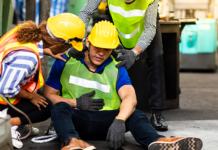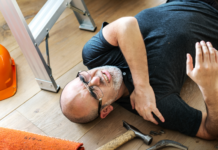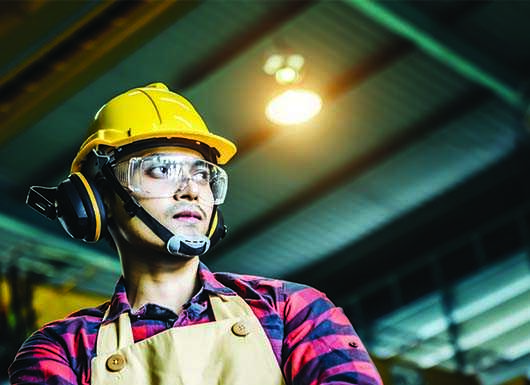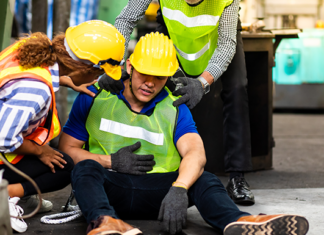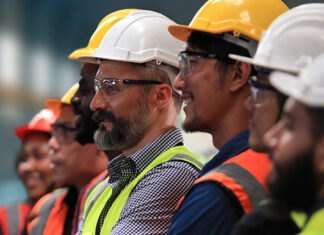When vision is impaired, your quality of life and ability to work is affected, which is why preventing eye injuries should be a priority for every safety professional and employer. The National Institute of Occupational Safety and Health (NOISH) statistics show that each day 2000 U.S. workers sustain a job-related eye injury that requires medical treatment. More than 100 of those injuries result in one or more missed days of work. Even more staggering – 90% of the injuries could be prevented or made less severe by wearing the right eye protection.
A Bureau of Labor Statistics survey of workers who suffered eye injuries at work revealed that nearly three out of five were not wearing eye protection at the time they were hurt, with the affected employees most often reporting that they believed protection was not required for the situation.
Most common eye injuries in the workplace
According to the Centers for Disease Control and Prevention, here are the most common eye injuries that occur in the workplace:
Striking or scraping – Small objects like dust, shavings, or other small particles may scrape the eye. Large objects also pose a threat of blunt force trauma to the eye.
Penetration – Depending on your work environment, sharper objects like metal, nails, or wood may penetrate the eyeball.
Chemical and thermal burns – Chemical splashes and thermal burns may also cause damage to the eye and surrounding tissue.
What can employers do to avoid eye hazards at work?
As the employer, knowing the risks and following standards for eye injury prevention in the workplace is crucial. Employers should conduct a job hazard analysis, educate their employees, be prepared in the case of an emergency, and support their employees in safety protocols.
- Conduct a job hazard analysis – The type of eye protection to specify depends on the hazards in the workplace so conducting a Job Hazard Analysis is crucially important to ensure workplaces can provide the required protective equipment for the work environment.
- Educate – Ensure that employees and employers realize the importance of eye protection to prevent eye accidents at work through training, educational programs, eye safety, and new employee orientation.
- Prepare for emergencies – Establish and train workers in first aid procedures. Make eyewash stations available and ensure that they are inspected.
- Support – Have eye protection available and make sure that management always wears eye protection. Ensure eyewear is fitted correctly and maintained. Eye and face protection must be kept clean, especially when dirty or fogged goggles have the potential to impair vision.
Always keep records and have eye protection policies in writing. Eye safety policies should be clear.
NIOSH suggests that the following key points be addressed and communicated to workers regarding eye safety at work:
- When to wear safety glasses and eye protection.
- How and where workers can obtain protective eyewear.
- How workers can get replacements.
- What to do if eye protection is missing from a workstation.
An on-the-job eye injury can cause lasting and permanent vision damage, potentially disabling a worker for life. Even “minor” eye injuries can cause long-term vision problems and suffering, such as recurrent and painful corneal erosion from a simple scratch from sawdust, cement, or drywall.
Four things employees can do to protect their eyes from injury
- Know the eye safety dangers at their work.
- Eliminate hazards before starting work by using machine guards, screens, and other types of engineering controls.
- Wear appropriate eye protection for the hazards.
- Keep PPE in good condition and have it replaced if it becomes damaged.

